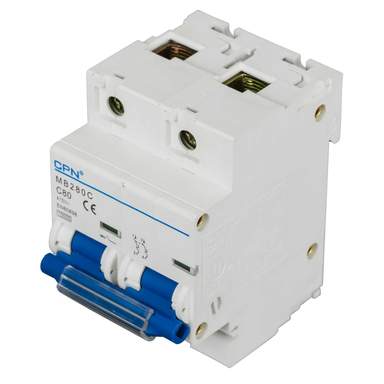Hi guys
Have a circuit its OCPD is a C type 80A 10ka 60898 MCB with a pfc of 1.11ka. On the log log graph for this device I’m struggling to understand the time for it. It only goes to 800a?
I’ve spoken to the NICEIC who say it would operate withing 0.1 seconds but I’m struggling to see how they’ve got to this.??
Have a circuit its OCPD is a C type 80A 10ka 60898 MCB with a pfc of 1.11ka. On the log log graph for this device I’m struggling to understand the time for it. It only goes to 800a?
I’ve spoken to the NICEIC who say it would operate withing 0.1 seconds but I’m struggling to see how they’ve got to this.??










